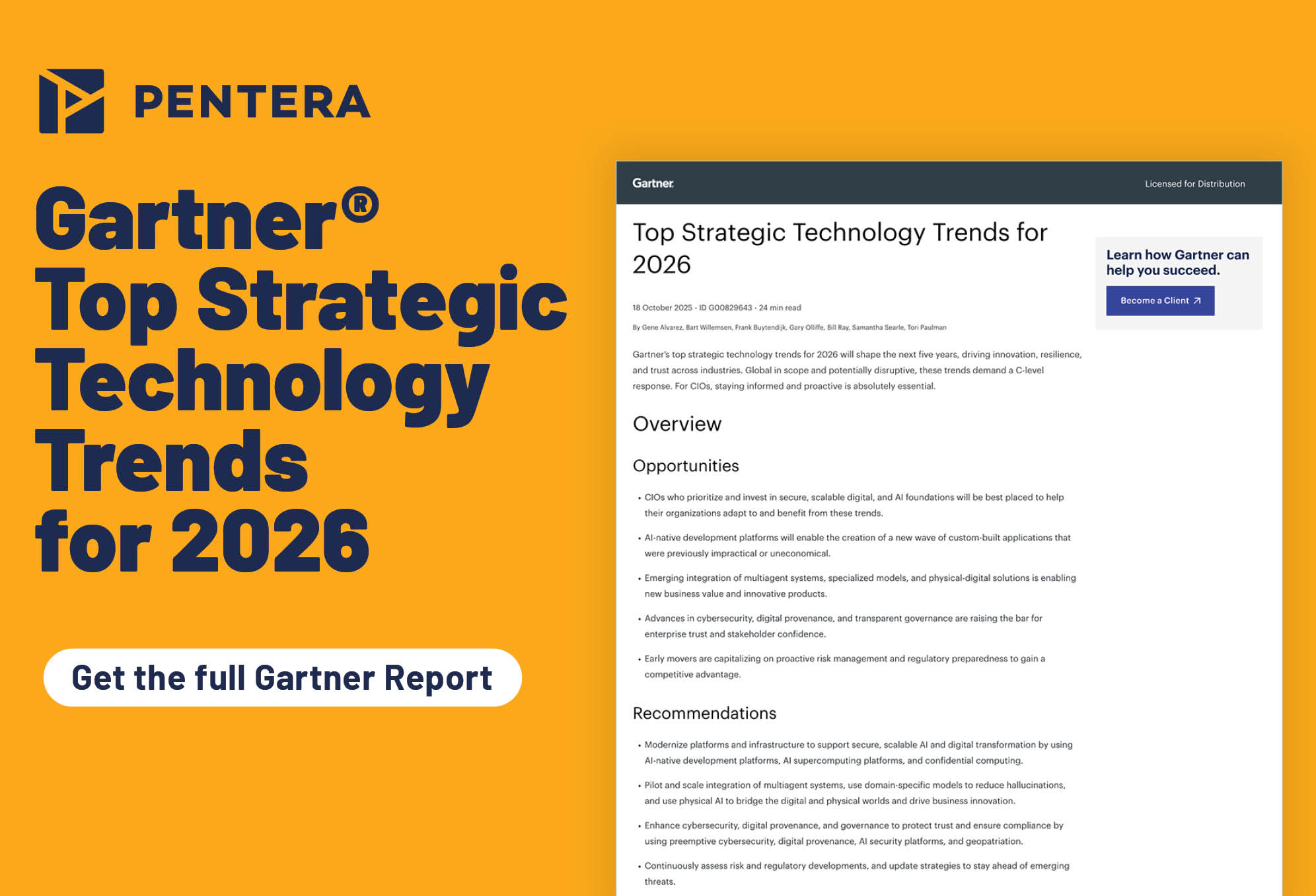What Is AWS S3 Bucket Security?
AWS S3 bucket security refers to the practices, tools, and controls that are implemented in order to secure data stored in data buckets on the Amazon Web Services (AWS) Simple Storage Service (S3). The purpose of AWS S3 bucket security is to safeguard data stored in the cloud from cybersecurity threats such as unauthorized access, data breaches, and data loss.
A core aspect of Cloud Security, AWS S3 Bucket Security focuses on protecting data stored in S3 by configuring access controls and using encryption to prevent unauthorized access.
How does AWS S3 Bucket Security work?
AWS S3 bucket security works by employing a variety of features and configurations together to ensure data security and integrity. These features and configurations, accessed through the AWS platform, do this primarily by defining permissions, encrypting and backing up data, and monitoring and recording access attempts.
What are the key security considerations for AWS S3 Buckets?
The following are key security considerations for AWS S3 buckets:
- Access control: To prevent unauthorized access, AWS S3 buckets must be properly configured to ensure effective access control.
- Data encryption: A combination of server-side, client-side, and SSL/TLS technologies should be implemented to encrypt data at rest and in transit for optimal protection.
- Access logging: Access attempts should be closely monitored and logged to facilitate swift detection and response in the event of a security incident.
- Versioning: S3 buckets should be configured to enable versioning, allowing multiple versions of data to be stored for recovery purposes.
What are the best practices for access control in AWS S3?
Best practices for access control in AWS S3 include the following:
- Adhere to the principle of least privilege: To ensure that data is optimally secured, users and applications should be restricted to the minimum permissions necessary to complete their tasks.
- Define permissions with bucket policies and ACLs: Bucket policies and access control lists should be configured to private by default to restrict access to unauthorized users and applications.
- Control user access with IAM: Identity and Access Management (IAM) should be used to create roles and specify permitted actions for users and applications authorized to access resources in S3 buckets.
- Engage in continuous monitoring: Enabling monitoring and logging features can allow admins to track activity and respond to unauthorized access attempts on S3.
What are the monitoring and logging capabilities for AWS S3?
AWS S3 boasts a comprehensive array of monitoring and logging capabilities.
One prominent example is server access logging, which creates detailed records of access requests on S3 buckets. These logs include information such as user identities, requested actions, time or requests, and access attempt statuses.
AWS S3 also offers CloudTrail integration and event notifications. The former integrates AWS CloudTrail to track API calls, while the latter enables automated alerts and actions to trigger in response to specific events in S3 buckets.
Additionally, admins can utilize AWS S3’s metric monitoring capabilities to keep track of S3 bucket metrics while monitoring performance and activity using Amazon CloudWatch.
Why is securing AWS S3 Buckets critical for cloud security?
Securing AWS S3 buckets is critical for cloud security for several reasons:
- Data Protection: By securing S3 buckets, organizations can ensure that their confidential information and business data are protected against unauthorized access, data breaches, and data loss.
- Regulation compliance: Securing S3 buckets comprehensively enables organizations to ensure that they remain in compliance with industry standards and regulations.
- Operational Continuity: By preventing the unauthorized modification or destruction of critical data assets, organizations can avoid operational disruptions and maintain business continuity.
- Consumer trust: Securing S3 buckets prevents data breaches, which helps organizations maintain and build on existing consumer trust.
Leveraging AWS S3 bucket security for resilience and continuity
AWS S3 is a cloud service that empowers a high degree of flexibility, and scalability, but to extract true value from it, organizations must safeguard their operations in the cloud by securing S3 buckets. By adhering to access control best practices and leveraging the appropriate security features and configurations on AWS S3, organizations can enhance their cloud security posture to ensure their data assets remain protected.
How can one secure AWS S3 Buckets?
AWS S3 buckets can be secured by properly implementing the principle of least privilege, configuring access controls, enabling encryption, implementing logging and monitoring, and conducting regular reviews and audits.
How can one ensure data encryption in AWS S3?
One can ensure data encryption in AWS S3 by enabling the server-side encryption functionality when configuring S3 buckets.
What are the common security pitfalls to avoid in AWS S3?
Common security pitfalls in AWS S3 include misconfigured access controls, improper logging and monitoring, inadequate encryption, and failure to adhere to the principle of least privilege. These issues can be identified and resolved through reviews, audits, and subsequent remediation actions.
Improve S3 bucket security.
Implement best practices to secure your AWS S3 buckets.


